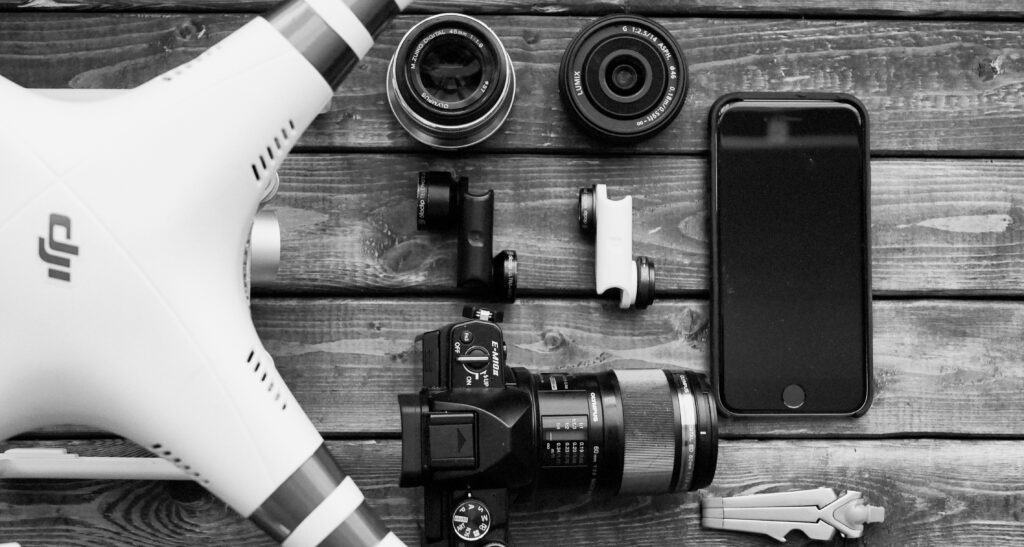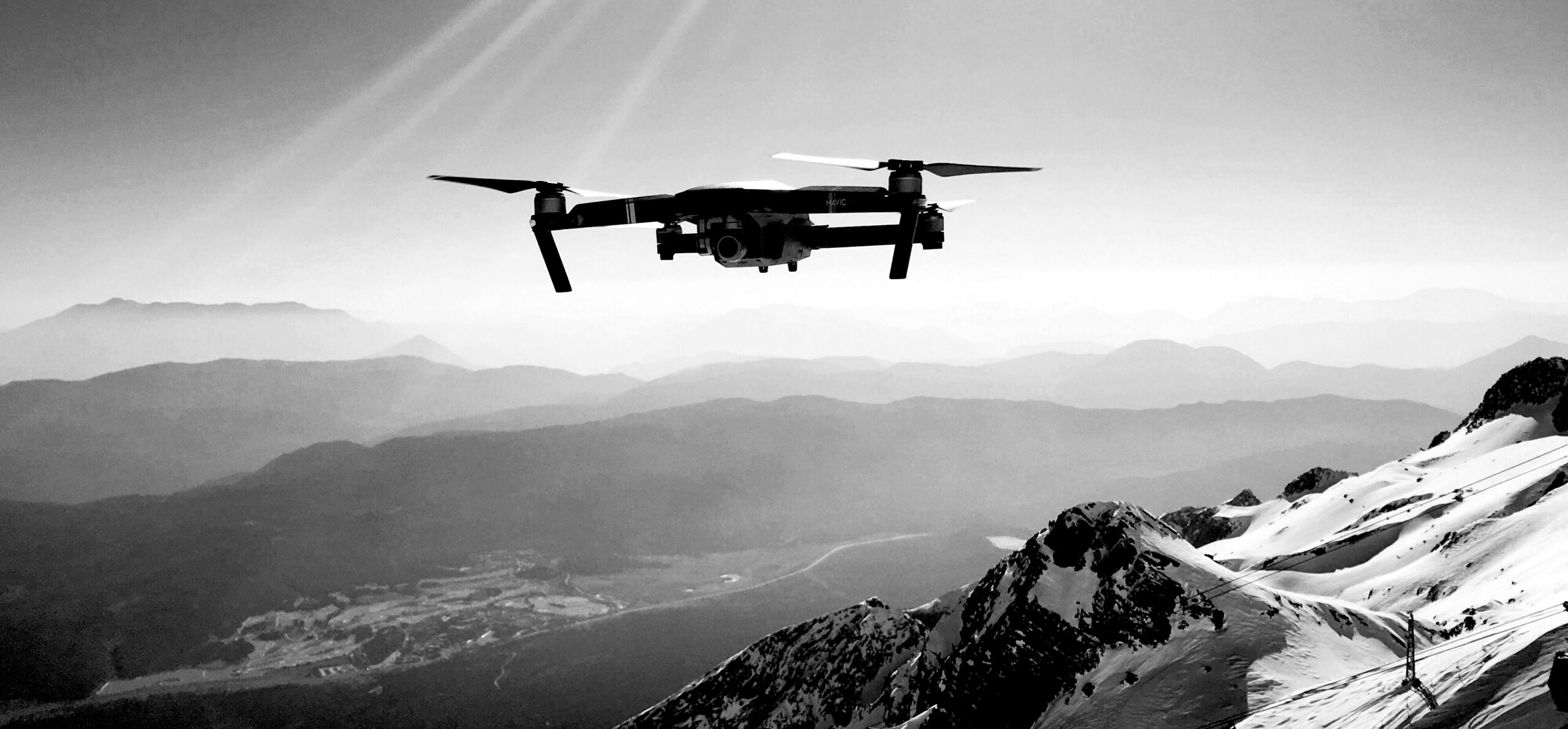Is it possible to include the word love and drone in the same sentence? Could we ever come to love drones? It depends on how we think and feel about its potential in messy human terms.
The way many of us think about a drone is as an unmanned aerial vehicle (UAV) developed and used for military operations; or for nonmilitary security work, such as surveillance. We don’t think of a drone as the continuous sound of a note or a musical chord we love; or as a powdered white drug designed to make us feel high. Nor do we see a drone as the male honeybee, whose life work is to fertilize a receptive queen. Instead, we draw a line and ask what is the human cost of drones in civilian life? We raise our hands and question what value a drone could really offer or take from us, commercially, socially and personally?
We never ask ourselves if we could ever “one day” love drones like we do the telephone, the airplane and computing technology?

It is here that I like to look back to our past to learn about the human messiness of how we’ve considered the future of innovations. A practice I learned as a young university student in the late 1990’s trying to make sense of the human condition in a rapidly changing technological world. One of my Professors asked my peers and me to explore what was and what became of the military, the commercial and personal value of the telephone, the airplane, and the personal computer.
What we discovered was that all these innovations had some historical link in use for military purposes and/or government funding; all were also developed by people who stood years ahead of others, in how they saw “what could be” in human terms. However, like drone delivery today, they too each had their “nay-sayers”.
In an internal memo shared at Western Union in 1876, it reads “This ‘telephone’ has too many shortcomings to be seriously considered as a means of communication. The device is inherently of no value to us.” This claim has long been disputed and more so today than ever before, as people rely on their iPhone or Samsung Galaxy not just for its communication value, or as a fashion accessory but as an extension of themselves.
In 1895, Lord Kelvin, president of the Royal Society made the claim that “Heavier-than-air flying machines are impossible.” Once they had taken flight, it was Marechal Ferdinand Foch, Professor of Strategy at Ecole Superieure de Guerre, who declared that “Airplanes are interesting toys but of no military value.”
We just need to revisit the devastation of WW2 and many conflicts to counter his claim. In more recent times we can also learn of the thousands of refugees who enter one of the many international airports across the world, seeking asylum from war or the planes that continue to deliver aid to those who cannot leave.
As WW2 neared its end, so continued the development of computing technology. A time in 1943 when the chairman of IBM, Thomas Watson claimed “I think there is a world market for maybe five computers” or Ken Olsen, president, chairman, and founder of Digital Equipment Corp., who in 1977 stated, “There is no reason anyone would want a computer in their home.”
Or this claim, one of my favorites said just 4 years after Ken Olsen by Bill Gates, “640K ought to be enough for anybody.” Today, I have decks of keynote slides that far exceed 640k and a memory chip that holds thousands of holiday and family photos or for my students, their collections of music.
So what does this mean for the possibility of drones for delivery?

It means that how we think or feel an innovation might be used in the future is most probably not how it will be. It means that because of the messiness of their human value, we can’t yet even imagine. We can only wait and try and design for it.
We can only wait and try and design for it.
Amazon’s proposal for a drone delivery system is already actually being trialed in Australia, a country where unlike the US commercial drones have been legal for more than a decade. A new startup in Australia called Flirtey, a joint venture with Zookal, a student services platform is testing them. Their aim is to turn Australia into a worldwide industry leader for the use of UAVs. They are testing them for the delivery of small packages and are using real-time GPS tracking through a mobile app and with no in-built cameras to heed the natural concern over privacy.
They are being tested for the delivery of rental textbooks across Sydney, with evidence of their commercial value cutting delivery times from hours to minutes and delivery costs from $8AUD to 80 cents with little impact on the environment.
I like to imagine, it is the human possibility of drones beyond the delivery of books for which we might come to love them.
While both Flirtey and Amazon’s proposals are commercially novel, it is their potential to help people in times of natural disaster ~ such as during floods and bushfires that we may see their human value. It is their potential use for the delivery of medical supplies, food, and messaging into hard-to-reach places that we might come to see drone delivery in a different way.
